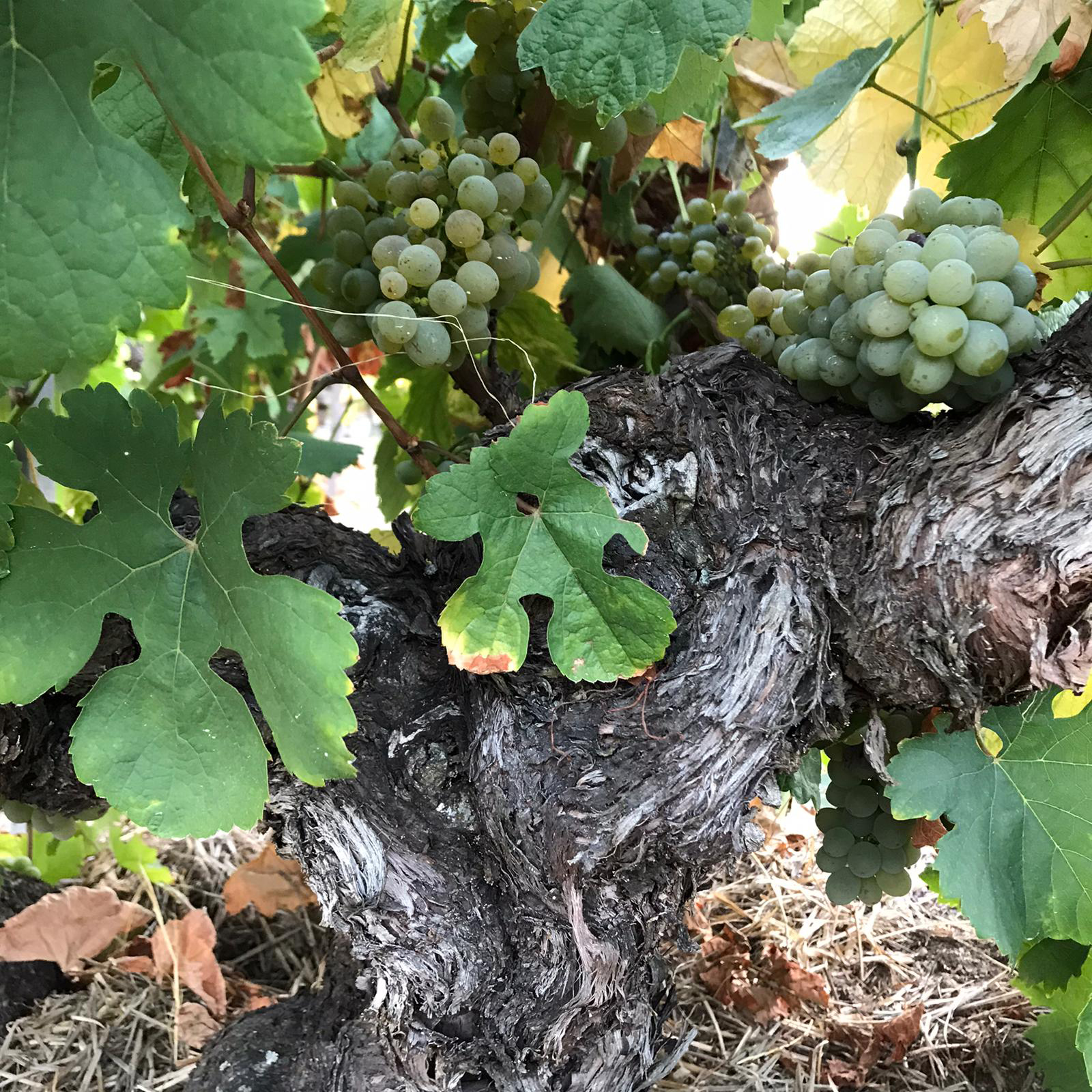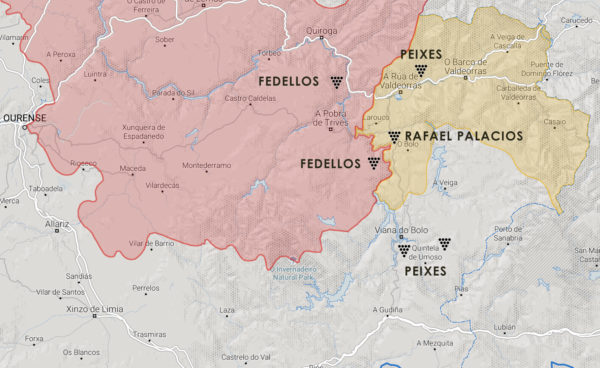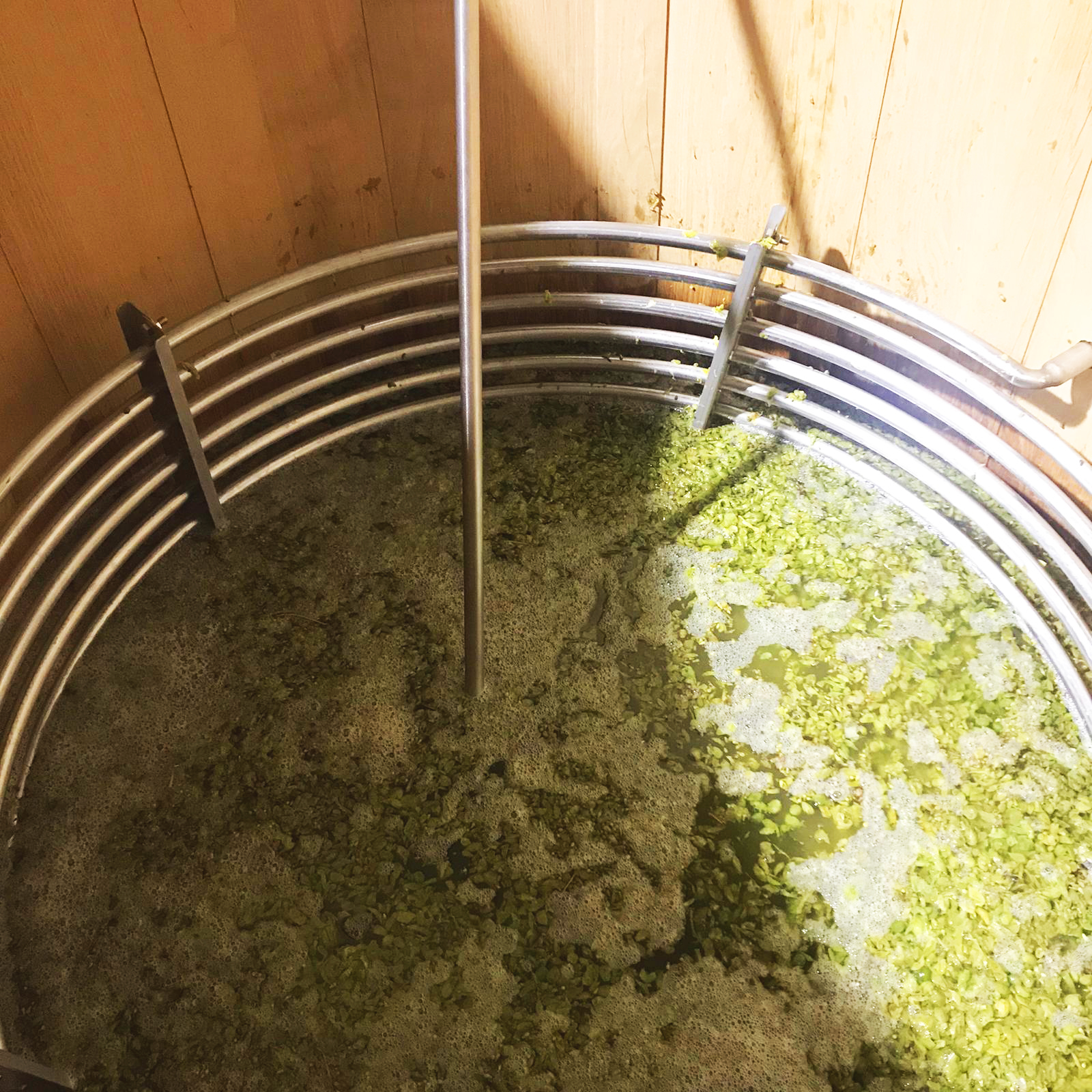

For a while critics and importers have declared Godello the next Albariño. This is somewhat unfair to both varieties since Albariño thrives in a cool climate while in warmer zones it may lose some of its verve, it can still make a refreshingly pleasant wine. Godello is more of a Goldilocks variety. Too cold and it can express bitter green flavors verging on soapy, and too warm and it can get boozy. Where it originated, most likely in the Sil valley of Ribeira Sacra and Valdeorras, is probably its sweet spot. But even in its home, it can have a rough go of it.

Old vine Godello
There is no better example of this than the vintages of 2017, 2018 & 2019. 2017 began with an early frost that destroyed many of the first shoots. Vines being resilient, they bore fruit on their second shoots. Not only did this mean that winemakers had to manage two fruit sets and harvest them accordingly but they had to cope with the difficult decision of how to balance the superior first-shoot fruit with the higher-acid and simpler second-shoot fruit. The best growers just reduced their production hoping 2018 would be a return to a more reasonable volume.
2018 wasn’t better. In fact, it was even more challenging since it was a year of mildew, heat waves, and hail. For Rafa Palacios who was in the process of converting all of his vineyards to certified organic and biodynamic farming, it was a laborious year. He still made great wines in this vintage, just very little of them.
Luckily 2019 proved to be the balm for two years of misery. Described by many as the perfect vintage. Budding was delayed by a cold and wet weather in April and summer remained mild delaying harvest by two months in comparison to recent vintage. With an abundant crop and perfect conditions, Rafa was able to make his full range of wines, including his rate late harvest Sorte Souto and his extended skin-contact Sorte Antigua.

The success of 2019 is not only due to the luck of the weather but the location of Rafa’s vineyards in the Val do Bibei. The Bibei flows south from its junction with the Sil in Ribeira Sacra, and southwest of Larouco it forms the twisted border between Ribeira Sacra and Valdeorras. At a higher elevation and on granitic soils, in ideal vintages, Rafa can harvest grapes at a potential alcohol of just over 14% while retaining an incredible amount of acidity and saline minerality.
It is becoming increasingly obvious the Rafa that skin ripeness in Godello is just as important as the quality of the fruit. Even the 2-4 hour maceration that occurs when filling a press can have a impact on the grape must – either because if the skins are not ripe, the can add green notes to the wine, or when ripe they are rich in potassium which reduces acidity during fermentation. Since the skins of Godello ripen later than the fruit, places like the cooler Val do Bibei ensures a more even balance between potential alcohol and skin ripenes without loss of freshness. Early experiments with organic and biodynamic practices also proved to Rafa that these additional steps could further achieve this elusive balance. For these reasons, and in pursuit of perfection, Rafa’s yields can vary greatly and certain cuvées may be skipped depending on the vintage, but the quality never wanes.

Sorte Antigua – don’t do this with your average Godello!